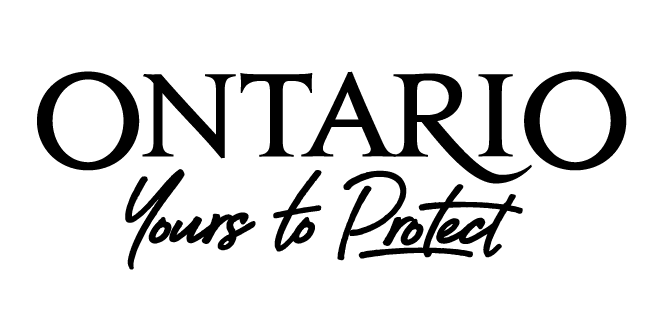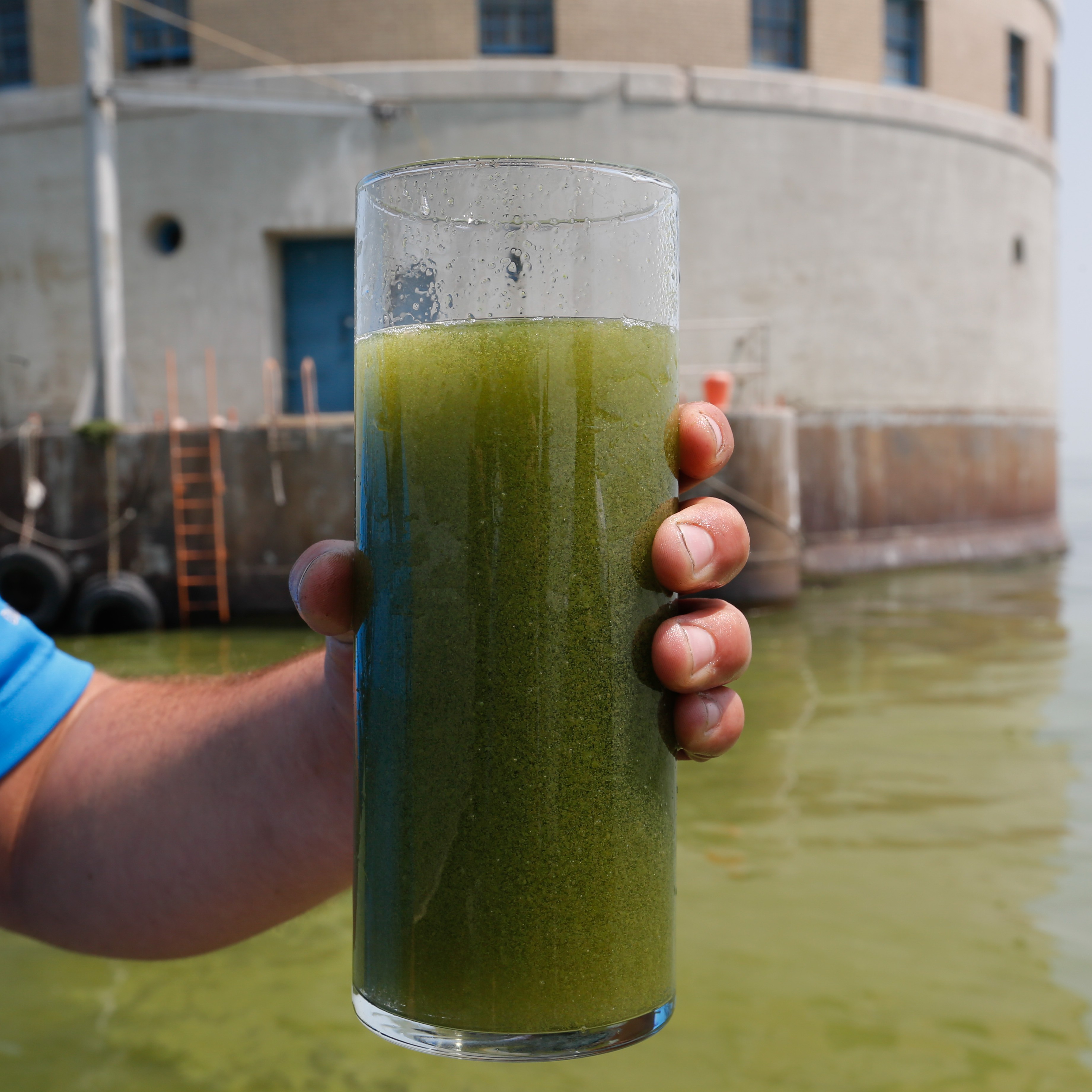Ontario’s environment and agricultural communities are talking about what is needed to protect the Great Lakes. And the timing couldn’t be more important. Just last week, Environmental Defence organized a workshop to explore how we can work with the farming community to protect the Great Lakes while sustaining the economic vitality of the farming sector.
2015 saw the most severe algal bloom recorded on Lake Erie this century. According to the US National Oceanic and Atmospheric Administration (NOAA), this year’s bloom ranks 10.5 on a severity scale of 1-10, breaking the 2011 record and rank of 10. Luckily, winds kept the algae away the drinking water intake of communities in the region. The previous year residents weren’t so lucky: In 2014, half a million people in Toledo and parts of Western Lake Erie couldn’t use water from their taps for days because of a smaller algal bloom that impacted their drinking water.
What do farmers have to do with it? Phosphorus pollution from urban and rural sources feeds algal blooms. One of the main causes for toxic algae in western Lake Erie is the flow of too many nutrients from farm fields into streams and lakes.
Our 2014 report, Clean, not Green: Tackling Algal Blooms in the Great Lakes, outlined a four-point action plan to eliminate the blooms that threaten the waters we use to drink, work, and play. We are still working towards putting this plan into place and we marked a major milestone earlier this year with the passage of the Great Lakes Protection Act which creates a much-needed policy framework. The next step is implementing this law – something that will require adequate funding.
It’s widely accepted that the largest barrier to stopping excess phosphorus from washing into rivers and lakes is economic. We think that to solve this problem we need to get the economic incentives right, so that the best practice for the environment is also the best practice for farmers.
We’ve spent some time engaging with farmers over the past year, and have learned a lot about farms and water. Farmers are stewards of the land and water and the types of agriculture they practice varies from livestock to vegetables. Agriculture is an important part of Ontario’s economy and farmers are uniquely suited to protect water quality.
And last week, we brought economists, soil scientists, farmers, and environmental groups together to talk about which policies and practices work to reduce algae-causing phosphorous loading and which don’t. Complexity was a word that came up often to describe the state of science on the amounts and sources of nutrient pollution, the effectiveness of best-management-practices (BMPs) across geographies with different land and soil covers, and the cost of taking action. A lack of sustainable funding was another obstacle that participants identified.
Workshop participants and speakers discussed how innovative market-based tools could be a big part of the solution. Mechanisms discussed included nutrient trading, which uses market forces to identify and direct investment to the cheapest options for reducing nutrient pollution. Or direct deposit returns on beverage containers as a way to both reduce waste and increase sustainable funding for environmental programs. There was widespread agreement that these market-based tools should be evaluated for their applicability in Ontario.
We’re really excited by the progress we’ve made on identifying how sustainable funding can be accessed and harnessed to improve water quality, divert waste and build relationships. We will continue working with farmers, cities, and other concerned groups to help Ontario achieve nutrient reduction targets in the Great Lakes in a way that supports our communities and our environment.









